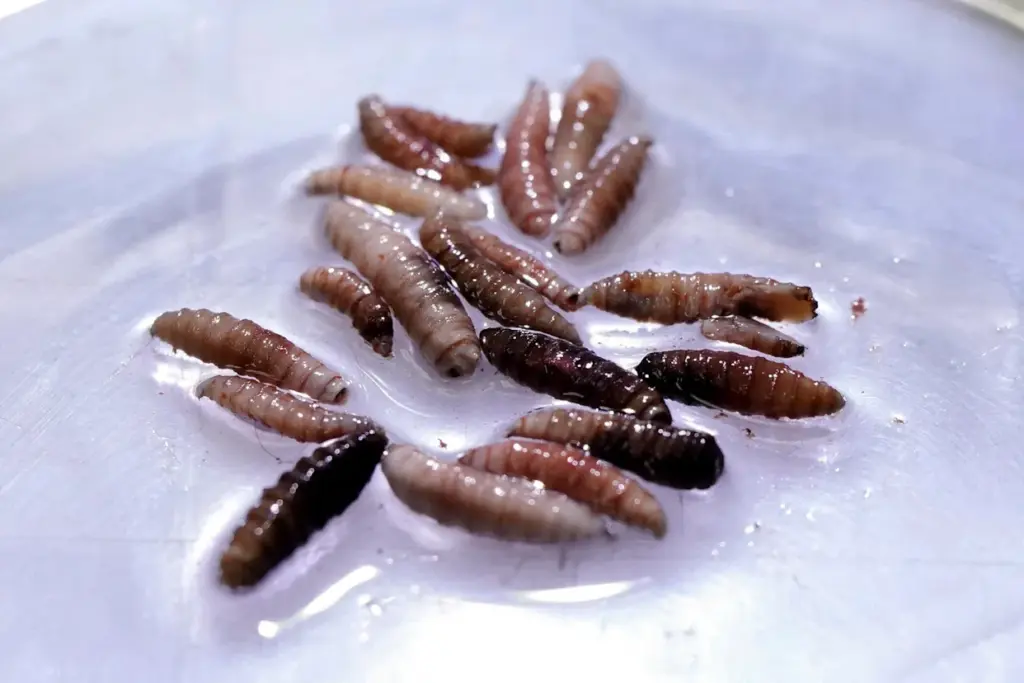
Introduction to Screwworms
Screwworms, particularly the primary screwworm (Cochliomyia hominivorax), pose a considerable threat to livestock and agriculture across various regions. Their infestations can result in severe economic losses, crippling both local farmers and global food supply chains. The importance of addressing the screwworm problem is accentuated by both animal welfare and economic stability, with recent events highlighting the urgency to manage their populations.
The Recent Resurgence
In the past few years, a resurgence of primary screwworms has been reported in regions previously thought to be free from these pests. For instance, the United States Department of Agriculture (USDA) has raised alarms about new cases in Florida and portions of Texas. According to reports from 2023, the presence of screwworm larvae in livestock and wildlife has increased, prompting emergency measures from local governments. The USDA initiated quarantine measures and coordinated with veterinary services to mitigate the outbreak.
Impact on Livestock and Economy
The economic implications of screwworm infestations are dire. Inflicted animals often require extensive veterinary care, leading to increased costs for farmers. Moreover, the loss of livestock can lead to reduced productivity and the subsequent destabilization of local agricultural markets. In regions heavily reliant on livestock, such as parts of South America and the southern United States, the repercussions can extend beyond individual farmers to affect entire communities and economies reliant on agricultural output.
Preventive Measures and Future Outlook
Various control methods are being proposed and tested to combat the screwworm issue. The Sterile Insect Technique (SIT) involves the mass release of sterile male screwworms, which mate with females and prevent the production of viable offspring. Although SIT has seen success in the past, challenges remain in scaling this approach effectively due to environmental considerations and the logistics of large-scale releases.
Governments and agricultural bodies are urged to enhance monitoring systems and public awareness campaigns to prevent the spread of screwworms. The importance of early detection and response cannot be understated, as swift action can mitigate both the biological and economic impact of these pests.
Conclusion
The threat of screwworm infestations remains a significant concern for livestock health and agricultural economies. As recent events highlight the need for vigilant monitoring and rapid response strategies, it is crucial for stakeholders to collaborate in addressing this growing crisis. Understanding the complexities of screwworm behavior and effective control measures will be vital to safeguard not just livestock welfare but also food security on a broader scale.



